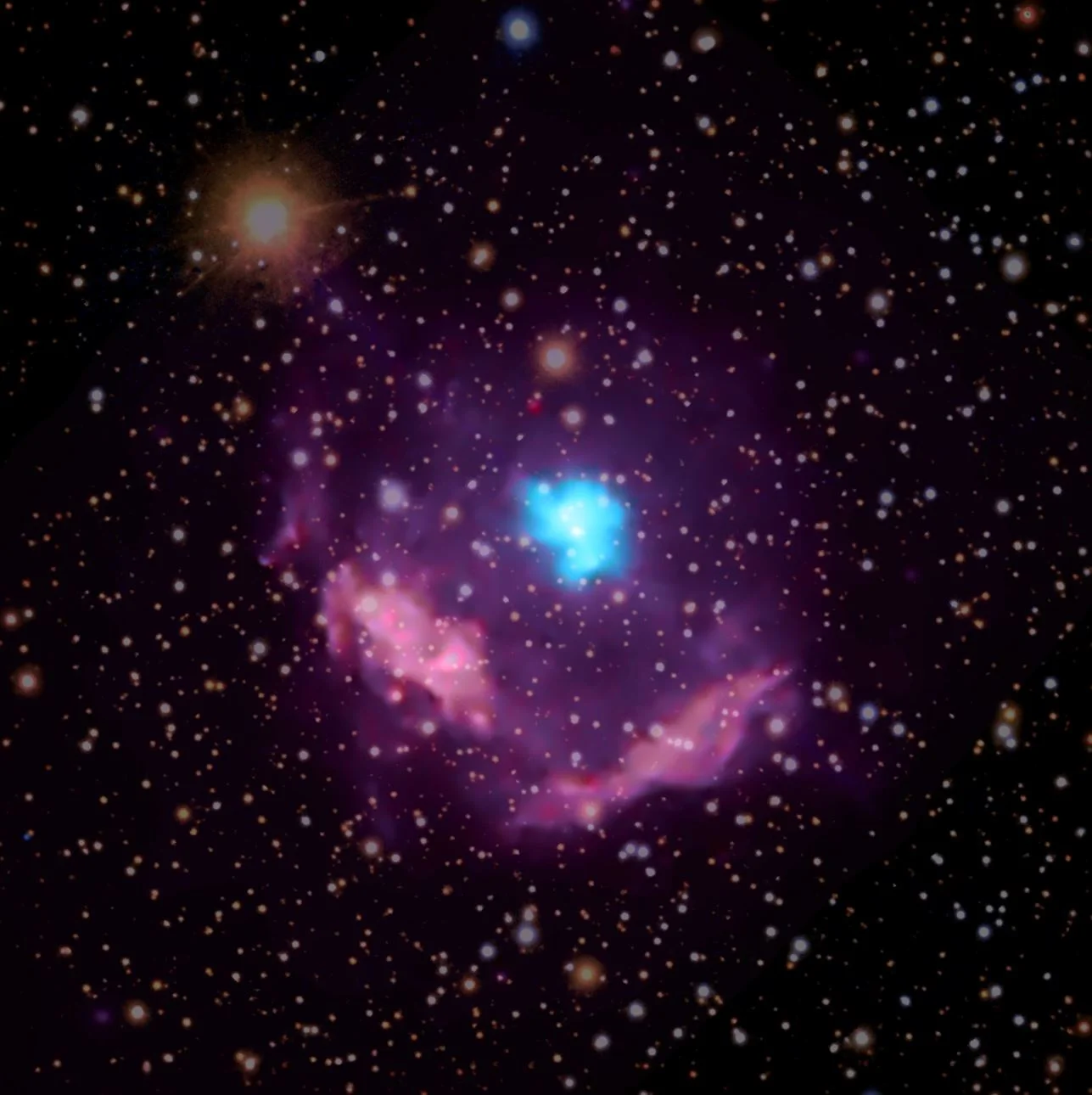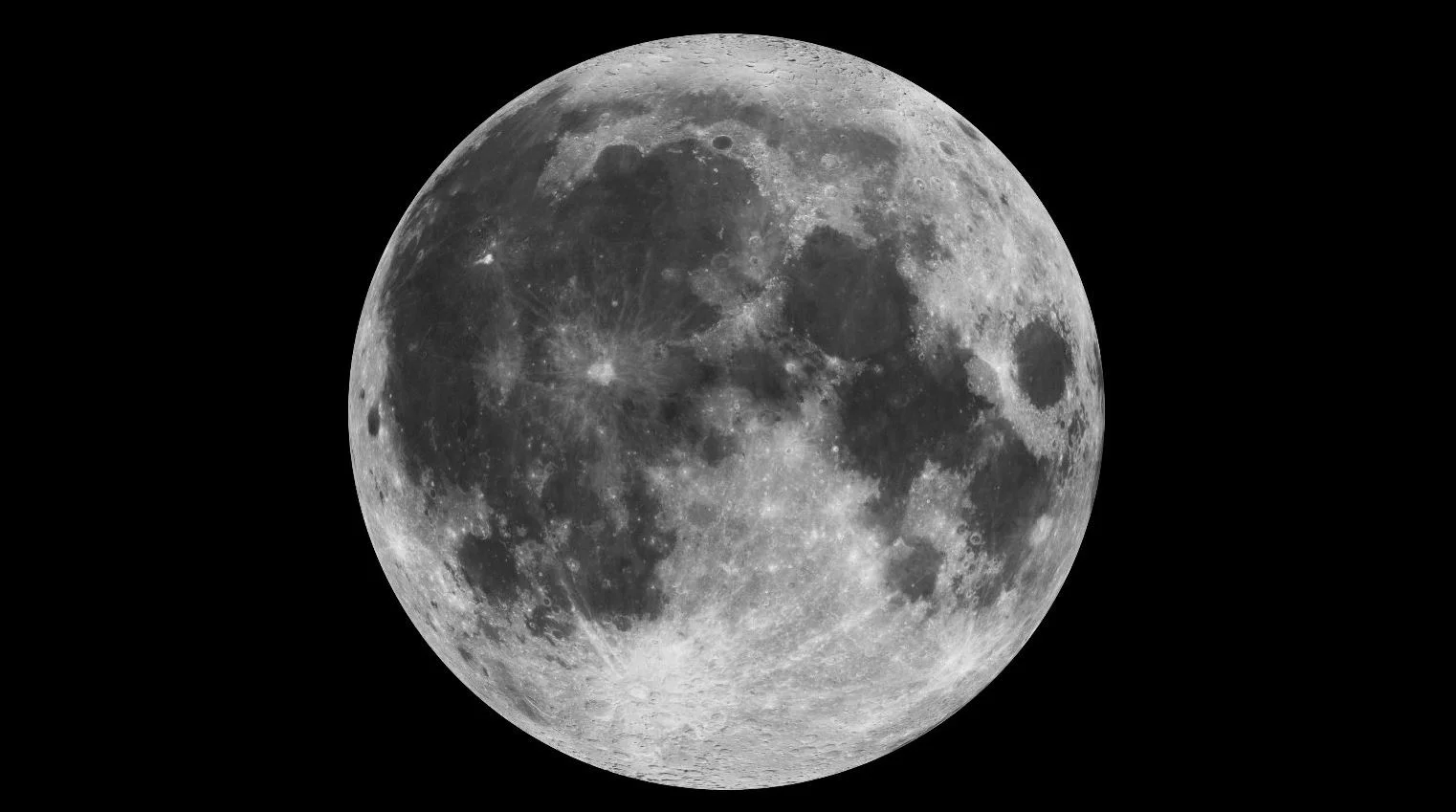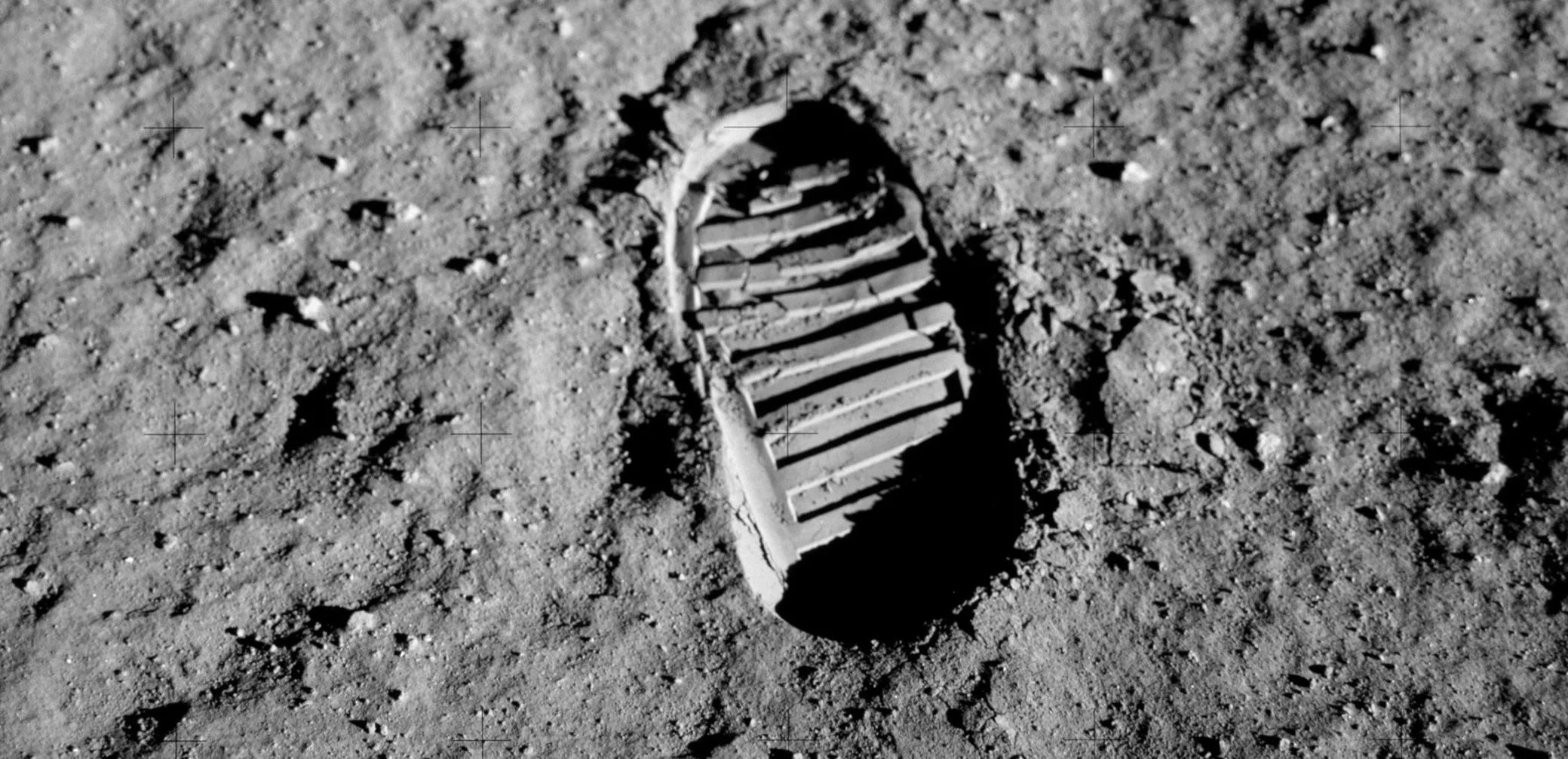Out in the depths of the Solar system, astronomers recently discovered a small, icy object, named 2015 TG387.
Kes 75: Milky Way's Youngest Pulsar Exposes Secrets of Star's Demise
NASA Calls for Instruments, Technologies for Delivery to the Moon
From peaceful coexistence to potential peril: the bacteria that live in and on us
Would a Space Force mean the end of NASA?
Magnetic Fields May Be the Key to Black Hole Activity
Parallel jets provide astronomers with some of the most powerful evidence that a supermassive black hole lurks in the heart of most galaxies. Some of these black holes appear to be active, gobbling up material from their surroundings and launching jets at ultra-high speeds, while others are quiescent, even dormant.
Largest Galaxy Proto-Supercluster Found - Astronomers using ESO’s Very Large Telescope uncover a cosmic titan lurking in the early Universe
An international team of astronomers using the VIMOS instrument of ESO’s Very Large Telescope have uncovered a titanic structure in the early Universe. This galaxy proto-supercluster — which they nickname Hyperion — was unveiled by new measurements and a complex examination of archive data. This is the largest and most massive structure yet found at such a remote time and distance — merely 2 billion years after the Big Bang.
Surprising Discovery. Four Giant Planets Found Around a Very Young Star
What exactly is a “normal” solar system? If we thought we had some idea in the past, we definitely don’t now. And a new study led by astronomers at Cambridge University has reinforced this fact. The new study found four gas giant planets, similar to our own Jupiter and Saturn, orbiting a very young star called CI Tau. And one of the planets has an extreme orbit that takes it more than a thousand times more distant from the star than the innermost planet.
Even Ganymede is Showing Tectonic Activity. We’re Going to Need Another Icy Moon Orbiter
Ganymede was shaped by pronounced periods of tectonic activity in the past, according to a new paper. It’s no longer active and its surface is more-or-less frozen in place now. But this discovery opens the door to better planning for future missions to Jupiter’s other frozen moon Europa. Unlike Ganymede, Europa is still tectonically active, and understanding past geological activity on Ganymede helps us understand present-day Europa.
The best foods to eat for a good night’s sleep
As life expectancies rise, so are expectations for healthy aging
Artist is Planning to Launch a Giant, Unfolding Structure That’ll be Bright in the Sky For a Few Months
One of the most cited reasons and benefits of space exploration is the way it brings people together. Think of iconic moments, like the Moon Landing or the launch of Yuri Gagarin (the first man to go into space), and the impact they had on their respective generations. Looking to the future, there are many who hope to use space exploration to bring people from all walks of life and nationalities together again.
How we solved a centuries-old mystery by discovering a rare form of star collision
A bright new star appeared in the sky in June, 1670. It was seen by the Carthusian monk Père Dom Anthelme in Dijon, France, and astronomer Johannes Hevelius in Gdansk, Poland. Over the next few months, it slowly faded to invisibility. But in March 1671, it reappeared – now even more luminous and among the 100 brightest stars in the sky. Again it faded, and by the end of the summer it was gone. Then in 1672, it put in a third appearance, now only barely visible to the naked eye. After a few months it was gone again and hasn’t been seen since.
The Milky Way Could Be Spreading Life From Star to Star
For almost two centuries, scientists have theorized that life may be distributed throughout the Universe by meteoroids, asteroids, planetoids, and other astronomical objects. This theory, known as Panspermia, is based on the idea that microorganisms and the chemical precursors of life are able to survive being transported from one star system to the next.
Next Generation Telescopes Could Use “Teleportation” to Take Better Images
Telescopes have come a long way in the past few centuries. From the comparatively modest devices built by astronomers like Galileo Galilei and Johannes Kepler, telescopes have evolved to become massive instruments that require an entire facility to house them and a full crew and network of computers to run them. And in the coming years, much larger observatories will be constructed that can do even more.
‘Pulsar in a Box’ Reveals Surprising Picture of a Neutron Star’s Surroundings
An international team of scientists studying what amounts to a computer-simulated “pulsar in a box” are gaining a more detailed understanding of the complex, high-energy environment around spinning neutron stars, also called pulsars. The model traces the paths of charged particles in magnetic and electric fields near the neutron star, revealing behaviors that may help explain how pulsars emit gamma-ray and radio pulses with ultra precise timing.
Meet the trillions of viruses that make up your virome
If you think you don’t have viruses, think again. It may be hard to fathom, but the human body is occupied by large collections of microorganisms, commonly referred to as our microbiome, that have evolved with us since the early days of man. Scientists have only recently begun to quantify the microbiome, and discovered it is inhabited by at least 38 trillion bacteria. More intriguing, perhaps, is that bacteria are not the most abundant microbes that live in and on our bodies. That award goes to viruses.
New materials are powering the battery revolution
There are more mobile phones in the world than there are people. Nearly all of them are powered by rechargeable lithium-ion batteries, which are the single most important component enabling the portable electronics revolution of the past few decades. None of those devices would be attractive to users if they didn’t have enough power to last at least several hours, without being particularly heavy.
NASA Voyager 2 Could Be Nearing Interstellar Space
NASA's Voyager 2 probe, currently on a journey toward interstellar space, has detected an increase in cosmic rays that originate outside our solar system. Launched in 1977, Voyager 2 is a little less than 11 billion miles (about 17.7 billion kilometers) from Earth, or more than 118 times the distance from Earth to the Sun.
New Image Shows the Rugged Landscape of Comet 67P
In March of 2004, the European Space Agency’s Rosetta spacecraft blasted off from French Guiana aboard an Ariane 5 rocket. After ten years, by November of 2014, the spacecraft rendezvoused with its target – Comet 67P/Churyumov-Gerasimenko (67P/C-G). Over the more than two years that followed, the spacecraft remained in orbit of this comet, gathering information on its surface, interior, and gas and dust environment.













